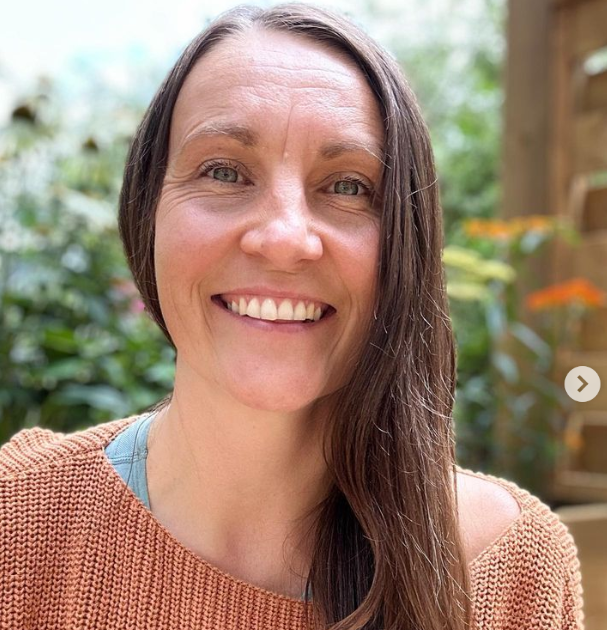| A post from Emma, Studio Director. When my first baby was 6 months old, I heard the word “matrescence” for the first time, and my brain lit up with recognition. Matrescence is the idea that becoming a mother is a process, much like the process of adolescence, which is becoming a teenager or young adult. Just like adolescence, matrescence doesn’t happen overnight, it can be awkward and confusing to go through, and there can be big impacts on one’s body. I gobbled up everything I could find on matrescence, particularly the work of Jessie Herald, a women’s coach and doula who does a lot of writing and offers wonderful programming on this topic. Jessie believes that the process of becoming a mother, of making that complete identity shift, takes 2-3 years minimum. Hearing that was such a relief. At that 6 month postpartum point, I felt completely adrift. I felt like my body was falling apart, I had so many conflicting feelings about mothering, and I couldn’t remember what brought me joy (this was also during pandemic lockdowns so that was definitely a compounding factor). Fast forward to now; that first baby is three and a half, my second baby is 16 months, and I am feeling stronger and happier than I have in quite a few years. I have reconnected with my body and I feel a new sense of groundedness in myself. I attribute this experience of groundedness to two things: community and strength training. |
a small miracle that they are both smiling in the same photo – Mother’s Day 2023 |
| One thing that was really different about my second maternity leave, compared to my first, was the presence of in-person community. Because of COVID lockdowns, my first baby and I were alone most of the time. But during my second maternity leave, I met mamas in the Parent & Peanut class at The Branches, at the library, and in the park. Unlike during lockdown, this time I was able to host mamas and babies at my house, and the drop-in space in my living room became a weekly event. The group of moms that showed up became such a supportive and nurturing community. Week after week we’d connect about the huge range of issues affecting us: the politics of healthcare and childcare, the misogyny of our overculture and how evident it is when you become a mother, the challenges of self-image postpartum, and the many anxieties of raising children in a world descending into climate chaos. I feel like my identity as a mom was strengthened and challenged in those conversations. And I continue to see and experience others growing into their own unique identities as mothers alongside me. Returning to strength training was also a community effort. My body felt like such a mess postpartum, I’d been struggling with really painful plantar fasciitis for years, and when I picked up my baby it often felt like my insides were going to fall out. Attending Nicole’s Strength Essentials class and getting her suggestions and advice about how to slowly rebuild my core strength was really reassuring. When I returned to work at The Branches I played around with the kettlebells on my lunch breaks, and got lots of tips and tricks from Leena and Leslie, who are always down to talk shop when it comes to strength training. I am lifting weights 2-3 times a week now, and it has made such a difference to my day to day. My foot pain is almost completely gone and my body feels capable and agile again. This makes my yoga practice more enjoyable, which makes my teaching more connected and lively. I am so relieved to be able to enjoy being in my body again. Matrescence is a radical life change, and I am just now beginning to appreciate the many more processes of change in my future. Life changes don’t quit; they arrive whether you expect them or not. For now, I am feeling bolstered by community and a trust in my returning strength. When I think about it, community and embodiment practices seem like a great recipe for supporting ourselves through life changes. I guess that’s why I made this my life’s work. I am grateful to be rediscovering this and seeing it anew. One thing I am so thrilled that The Branches is now offering is Postnatal Yoga with one of our favorite human beings, Lisa Beraldo. Lisa is an amazing convenor of community, and her prenatal and parent and baby classes are lifelines for many folks in our community. Postnatal Yoga is a place to gently reconnect with your body and meet others at a similar point in their journey of becoming a parent. Whether you are, pre-, post- or never-gonna-partum, I hope to see you around class or in the neighbourhood. In-person community is my favourite thing in the world and I’m overjoyed that it’s possible to gather so regularly again. Emma |






